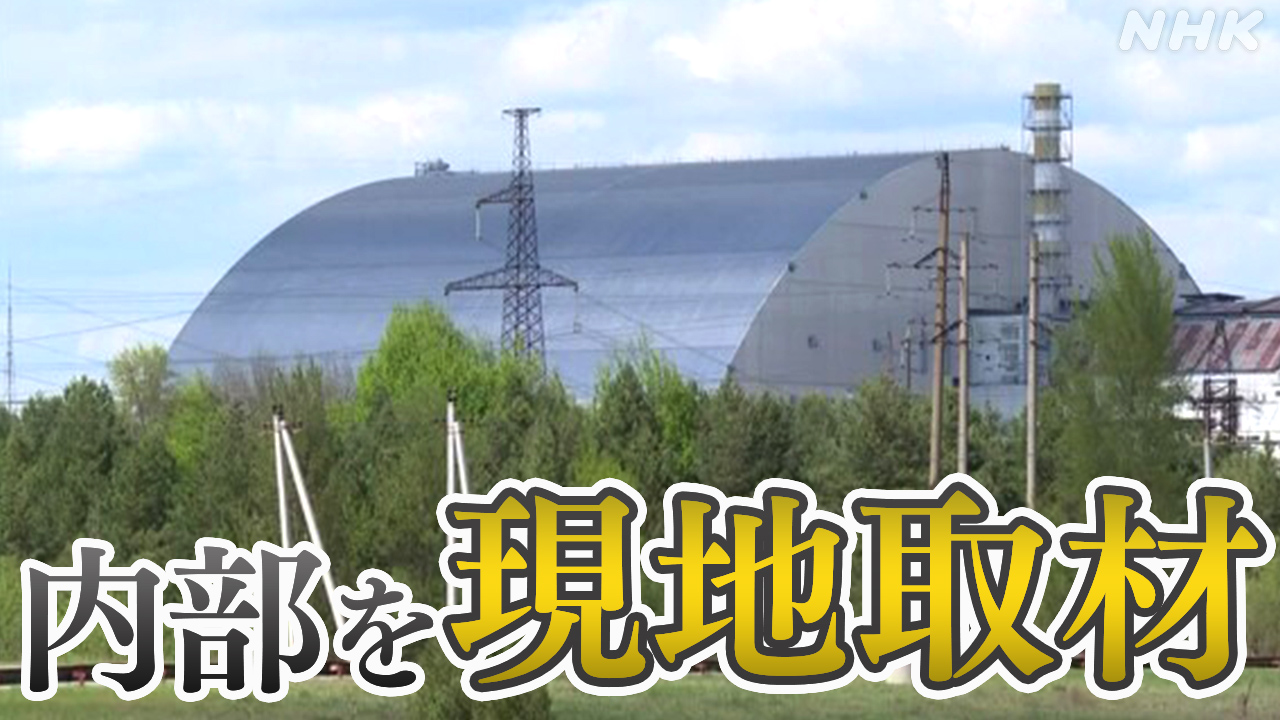Chernobyl's Damaged Shelter: Russia's Invasion Fallout
The 2022 Russian invasion of Ukraine cast a long shadow over the Chernobyl Exclusion Zone, raising serious concerns about the safety and security of the damaged nuclear reactor and its surrounding environment. This article explores the impact of the invasion on the Chernobyl Nuclear Power Plant, focusing on the damage to the shelter, the risks of radiation exposure, and the broader implications for international nuclear safety.
The New Safe Confinement and the Invasion's Impact
The Chernobyl disaster in 1986 left behind a legacy of radioactive contamination. Years of international effort culminated in the construction of the New Safe Confinement (NSC), a massive arch-like structure designed to contain the remnants of Reactor 4 and prevent further radioactive leaks. This state-of-the-art structure was a testament to international collaboration and a crucial element in securing the site.
However, the Russian invasion jeopardized this carefully constructed safety net. The occupation of the Chernobyl power plant by Russian forces raised significant concerns. Reports emerged of damaged infrastructure, disrupted monitoring systems, and the displacement of crucial personnel, raising the specter of a potential resurgence of radioactive material. The potential for damage to the NSC itself, though seemingly averted, remained a significant cause for alarm throughout the conflict.
Disruption of Monitoring and Maintenance
The invasion severely disrupted the ongoing monitoring and maintenance activities crucial for the safe containment of the radioactive materials. The withdrawal of Ukrainian personnel, coupled with the presence of Russian troops, led to significant gaps in data collection and the potential for deferred maintenance. This created a considerable risk, as the long-term integrity of the containment structure relies on continuous observation and upkeep.
Potential for Increased Radiation Exposure
While the immediate aftermath didn't see a massive spike in radiation levels outside the Exclusion Zone, the disruption of operations raised concerns about the potential for increased exposure. The potential for accidents, damage to critical infrastructure, and the interruption of waste management protocols all contributed to a heightened sense of risk. Furthermore, the conflict diverted resources and attention away from the ongoing efforts to manage the site, exacerbating existing challenges.
Long-Term Implications and International Concerns
The events at Chernobyl during the invasion highlighted the vulnerability of nuclear facilities to armed conflict and the importance of international cooperation in nuclear safety. The incident served as a stark reminder of the long-term consequences of nuclear disasters and the need for robust security measures to prevent similar events in the future.
- Increased Security Risks: The invasion highlighted the vulnerability of nuclear sites to military conflict and the need for enhanced security protocols.
- Disruption of International Collaboration: The conflict disrupted ongoing international collaboration efforts aimed at maintaining the safety of the Chernobyl site.
- Long-term Environmental Concerns: The long-term impact on the environment and the potential for future radioactive leaks remain significant concerns.
The Path Forward: Rebuilding and Reinforcing Nuclear Safety
The rebuilding and reinforcement of the Chernobyl site’s safety protocols is a crucial task for Ukraine and the international community. This involves not only repairing damaged infrastructure but also strengthening security measures, improving monitoring systems, and ensuring the continued presence of skilled personnel. International collaboration remains essential to guarantee the long-term safety and security of the site.
Conclusion: A Wake-Up Call for Nuclear Security
The Russian invasion’s impact on Chernobyl serves as a potent reminder of the enduring consequences of nuclear accidents and the critical need for robust international cooperation in nuclear safety and security. The incident underscores the vulnerability of nuclear facilities to armed conflict and reinforces the importance of safeguarding these potentially hazardous sites from threats of all kinds. The long-term environmental implications and the necessity of sustained international support for Ukraine's efforts to secure the Chernobyl Exclusion Zone remain paramount concerns. The world must learn from this experience and work collaboratively to prevent similar scenarios from unfolding in the future.
